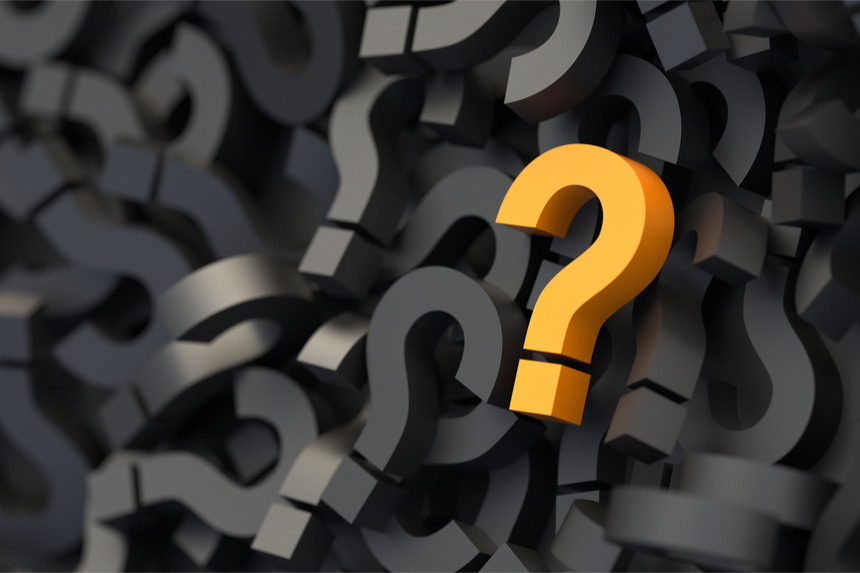Managing editor and logophile Andy Hollandbeck reveals the sometimes surprising roots of common English words and phrases. Remember: Etymology tells us where a word comes from, but not what it means today.
Orange. It’s a fruit, and it’s a color, and many a curious logophile has wondered which came first.
The short answer: the fruit. The fruit came first.
But here’s the more interesting long answer:
Oranges originated in East Asia, probably in northern India, where the orange tree was called, in Sanskrit, naranga. This became the Arabic naranja as the fruit was brought to the West. In Old Occitan, a French dialect spoken in southern France between approximately 1100 and 1400, the orange was called auranja — the beginning n sound was dropped through the process of metanalysis. (You’ll note that the word didn’t undergo metanalysis in Spanish, where the fruit is naranja and the color is anaranjado.)
Now it just so happened that a common trade route between Marseilles in the south and Paris in the north passed through an area the Romans had called Arausio, a name which over time had been corrupted to Auranche. Whether the name of the fruit passing through the area influenced the geographical name or vice versa is unclear; regardless, both came to be called orange in both French and English by the mid-13th century.
Orange wasn’t commonly used as the name of the color until around 1540; before then, the color was described by English speakers with words like citrine and saffron or, farther back into Old English, something akin to “yellowish-red” or “reddish-yellow.”
In the 17th century, that French principality of Orange was ruled over by a sovereign prince. In 1650, that sovereignty was passed to a newborn whose father had died a week before the boy’s birth. The child’s name was William III, but he would become more commonly known as William of Orange.
William was a staunch Protestant, which often put him at odds with France’s Catholic King Louis XIV. England was also being ruled by a Catholic monarch, James II, and many in England and abroad worried about an alliance between England and France backed by the Catholic Church. So William of Orange had a lot of support among the English aristocracy when he landed with a large fleet on the southern shore of Britain in 1688. In what came to be called the Glorious Revolution, William deposed James (who, it should be noted, was both William’s uncle and his father-in-law) and became King of England, Ireland, and Scotland.
While the change in management was generally welcomed in England, it was a different story in Ireland. Clashes between Protestant Williamite and Catholic Jacobite forces continued until 1691, when James was finally forced to flee to France. This meant that the majority-Catholic Ireland had fallen under the rule of a Protestant king. The historical ramifications of this were widespread, long lasting, and irrelevant to the history of the word orange.
What is pertinent, though, is that because he was William of (the principality of) Orange, the color orange naturally became a symbol of the man and his forces. And this relationship — from the fruit to the principality to the color — is why the flag of Ireland to this day includes an orange bar: It symbolizes William of Orange and his supporters.
Featured image: Shutterstock
Become a Saturday Evening Post member and enjoy unlimited access. Subscribe now




Comments
The longer explanation is pretty interesting; timely too since the President is occasionally referred to by the color, speaking of Princes and Kings. William of Orange. Who knew? Perhaps it was taught on that Spring day as a senior I was just too cool for school, and ditched it for a day at the beautifully uncrowded Zuma beach Andy, with some friends. Unlikely, but you never know…
The French connection with Ireland is fascinating, and now I know how the Irish flag has that orange bar. I’ve gotten the flags of Ireland and Italy confused when the red on what’s supposed to be Italy’s flag is more orange. I’m sure you’ve seen it too here or there, every now and then.